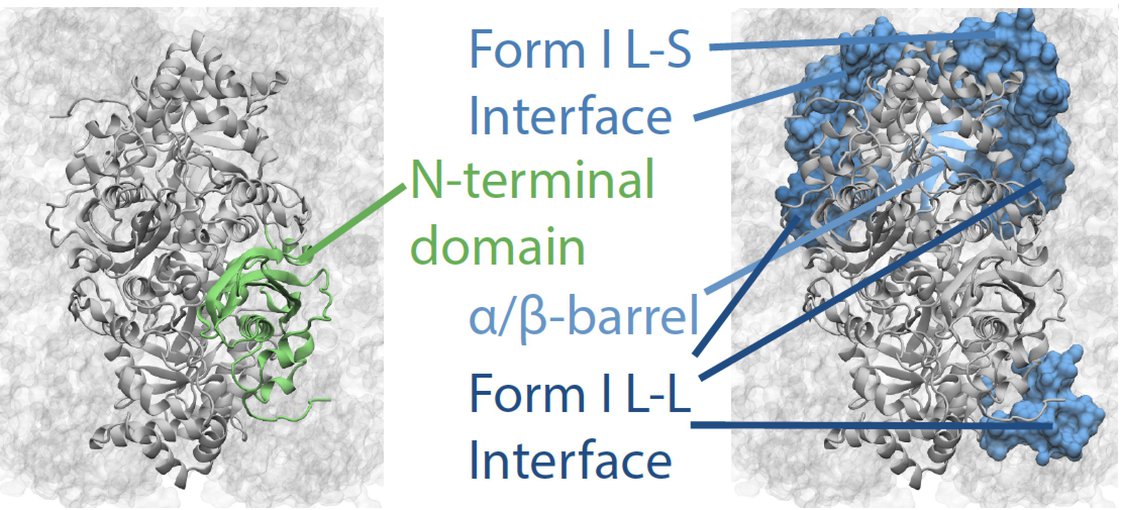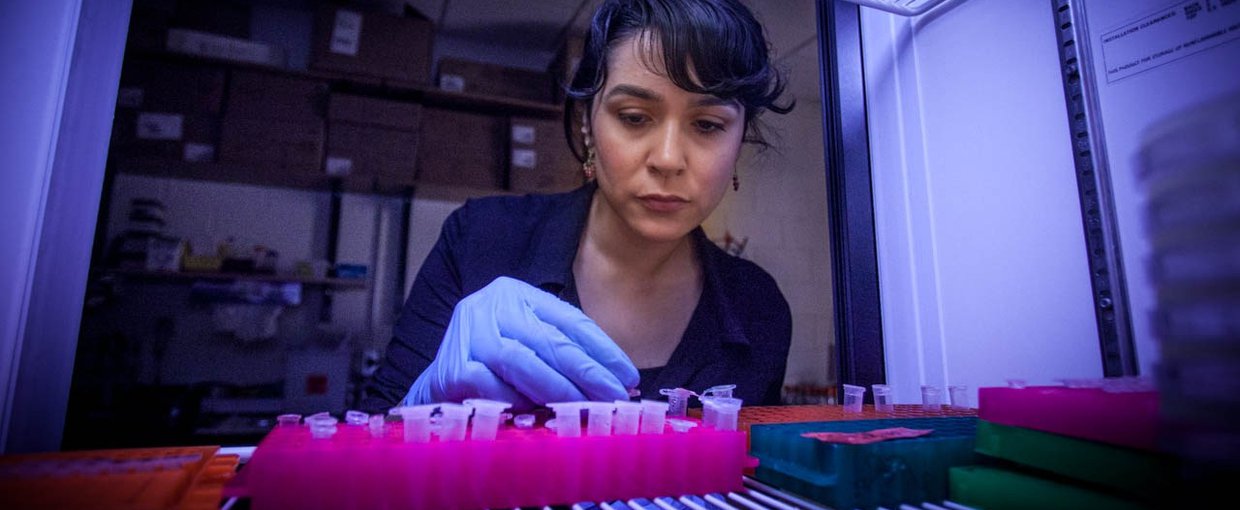
The Public Library of Science (PLOS) recently conducted an interview with Dr. Betul Kacar of the University of Arizona, whose work in pairing evolutionary biology and synthetic biology is at at the forefront of origins of life research. Formerly a NASA Astrobiology Postdoc, Kacar is now a PI for the Exobiology Program, and a Co-I for the NAI’s Reliving the Past team.

Kacar leads a young team of enthusiastic scientists with diverse disciplinary backgrounds. Missing: Hope Dang and Emily Penaherrera.Image credit: Betul Kacar.
Kacar’s team uses computational and experimental tools to work backwards in time from modern molecules in order to understand their role in the evolution of life. The results of their work are also valuable in understanding how life has affected global-scale biotic signatures throughout Earth’s history.
With the use of phylogenetic trees, Kacar infers the evolutionary history of genes and proteins. She and her team then carefully reconstruct selected ancient gene sequences in order to synthesize ancient proteins in the laboratory. Recently, Kacar’s lab reconstructed ancient Rubisco (ribulose-1,5-biphosphate carboxylase/oxygenase) enzymes, which are a key catalyst for a metabolic reaction that converts inorganic carbon to organic carbon. In doing so, they identified key changes in the molecule that could be linked to the oxidation of Earth’s atmosphere 2 billion years ago. Kacar is now expanding that work to other enzymes.

Scientists preset a model of ancestral Rubisco, where sequences varied in functionally important, oxygen sensitive regions, highlighted in green and blue in the figure, between the ancestors of Group I/III and Group I of the Rubisco family.Image credit: Betül Kacar.
To read the full interview, visit:
https://blogs.plos.org/synbio/2018/10/03/looking-for-the-origins-of-life-using-synthetic-biology-an-interview-with-betul-kacar/
Related Links:
Kacar Lab (University of Arizona)
This Enzyme Enabled Life to Conquer a Hostile Earth
The Great Oxidation Event and the Rubisco Family Tree
What Happens When You Put Evolution On Replay?
